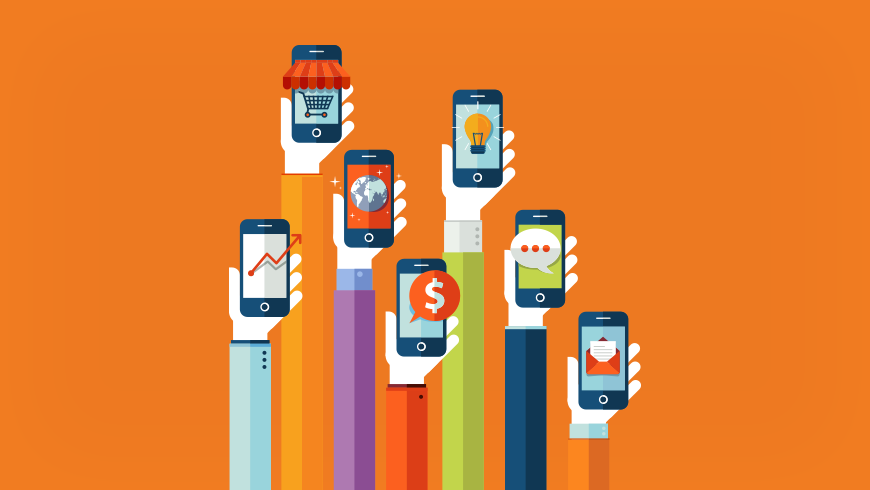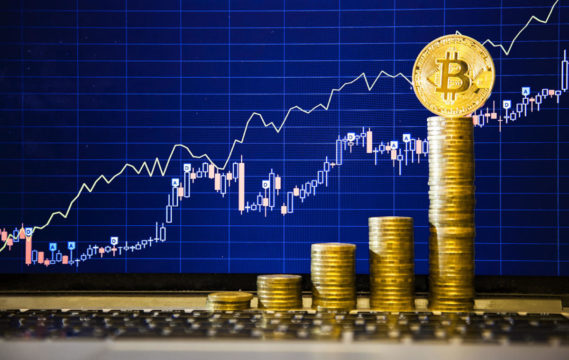Online shopping is becoming more frequent a behaviour with mobile phones becoming the go to device for it. In fact, retail and ecommerce demand is so high that customer data platform revenues are spiking.
Electronics, apparel, footwear, jewellery, and beauty products are top on the shopper’s list, even as more men sell and more women buy
Electronics, apparel, footwear, jewellery, and beauty products are top on the shopper’s list, even as more men sell and more women buy. Indian shoppers are also opting for Buy Now Pay Later (BNPL) over traditional payment processes as recession looms.
More Mobile Shopping
The frequency of shopping online is on the rise, and not just on laptops and PCs, but increasingly so on mobile phones.
According to the ‘Amazon Seller Report 2022’ by Payoneer a FinTech company and SellerApp, 58% of buyers make online purchases at least once every few weeks. 65% of online shoppers favour using eCommerce platforms through their computers or laptops. However, one-third of the customers have also started opting for mobile shopping, indicating the need for optimizing product pages for mobile devices.
Read more: High consumer spend pushes retail ecosystem to digitize faster
The categories that are highly sought-after by eCommerce shoppers around the world are electronics, apparel, footwear, and jewelry, and beauty and personal care products. The home and kitchen category emerged as the top-grossing eCommerce segment in 2022, generating a revenue of $29.3 billion, while electronics and clothing, shoes, and jewelry garnered $17.1 billion each, occupying the second and third positions, respectively.
Ecommerce Consumer Demographics
Interestingly, the demography of both sellers and buyers are skewed gender wise. Apparently, ecommerce sellers across the globe include 64% men and 32% women, with most falling under the age bracket of 25-44 years. Meanwhile, women buyers outrun men. While men account for the majority of online shoppers (56%) in the electronics category, the clothing and jewelry, as well as beauty and personal care categories, are being dominated by women with a 72% and 80% respectively.
Indian Shoppers Opting for BNPL on the Rise
Consumers opt for more Buy Now Pay Later as the demand for low-cost credit solutions spikes owing to the anticipated economic downturn. According to Juniper Research, the number of BNPL (Buy Now Pay Later) users will surpass 900 million globally by 2027; increasing from 360 million in 2022.
BNPL schemes enable consumers to spread the cost of their purchases without interest charges, making them a highly attractive alternative to credit cards. Additionally, BNPL services do not require hard credit checks and an increasing number of merchants are accepting this payment method making it easier to access for consumers than traditional credit.
The dynamic landscape of online shopping, fuelled by mobile devices and innovative payment solutions, showcases the resilience and adaptability of the ecommerce industry in meeting the evolving demands of consumers worldwide
The research identified India as having potential for rapid growth in BNPL, with users predicted to grow from 25 million in 2022 to 116 million by 2027. This is due to rising eCommerce usage and growing interest in international goods available through online retailers. In turn, it recommends that vendors build strategic partnerships with vendors in developing markets with established consumer bases, to successfully capitalise on this user growth and associated revenue.
The research predicts that the adoption of virtual cards will increase the usage of BNPL solutions, as they only require merchants to accept card payments – overcoming previous limitations on growth. The advancement of virtual cards allows BNPL schemes to compete with credit cards; particularly in-store, where single use BNPL cards can be used within a digital wallet to complete contactless transactions.
Customer Data Platform Revenue Rise
Customer data platforms, which are used to gain insight into customer preferences through collecting and extrapolating data on transactions, browsing history and other online information, have a bright future.
A study by Juniper Research found that customer data platform providers will generate $6 billion globally by 2027, rising from $1.7 billion in 2022; representing growth of 250%. The introduction of AI-based services will be key to unifying multiple data sources on a single platform, reducing siloed data and centralising enterprise access to customer data.
Oracle, Salesforce, and Adobe are the top three customer data platforms in the market.
Evolving Demands of Consumers
The world of online shopping is experiencing a remarkable transformation, with mobile phones emerging as the go-to devices for consumers. As the frequency of online shopping continues to rise, it is evident that optimizing product pages for mobile devices is essential.
Read more: Ecommerce SMBs go global, US UK & Middle East get hotter
Moreover, as the global economy faces the prospect of a recession, Indian shoppers opting for BNPL solutions will contribute to the growing popularity of this payment method. The anticipated rise in BNPL users globally presents significant opportunities for merchants and vendors to tap into this trend.
With customer data platforms predicted to generate substantial revenues, the integration of AI-based services and the unification of data sources are crucial for enterprises to harness the power of customer insights. The dynamic landscape of online shopping, fuelled by mobile devices and innovative payment solutions, showcases the resilience and adaptability of the ecommerce industry in meeting the evolving demands of consumers worldwide.












